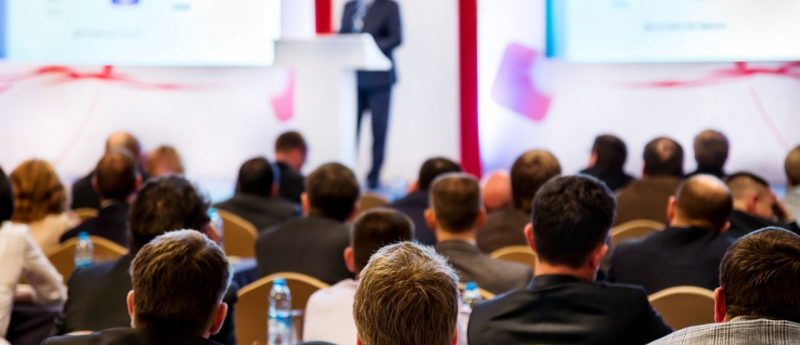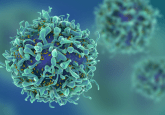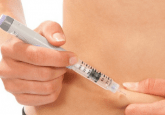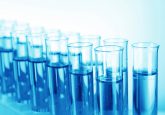6th Japan Bioanalysis Forum Symposium: challenge of regulated bioanalysis

Biomarker measurement and LC–MS analysis of large molecule pharmaceuticals (LM–MS) are becoming increasingly important in pharmaceutical development, although they are not included in the existing bioanalytical method validation guidelines in Japan. The 6th Japan Bioanalysis Forum symposium presented challenges regarding biomarkers and LM–MS, as well as the current circumstances for regulated bioanalysis, by inviting speakers from Japan, the USA, European Union and Asia-pacific. Japan Bioanalysis Forum discussion groups also presented their outcomes and openly discussed these with the attendees – over 200 dedicated individuals from industry, regulatory agencies and academia. The symposium successfully reinforced the idea that fit-for-purpose approaches are necessary, and that science should drive any judgments and actions throughout drug development.
The Japan Bioanalysis Forum (JBF) exercised a vital role in the development of the bioanalytical method validation (BMV) guidelines by the Japanese Ministry of Health, Labour and Welfare (MHLW). The BMV guideline on LC–MS/MS and HPLC (MHLW LC GL) was released by the MHLW in July 2013 [1], and subsequently the BMV guideline on ligand-binding assay (MHLW LBA GL) was issued in April 2014 [2]. The MHLW BMV study group is collaborating with the JBF, in order to provide documents to ensure the reliability of biomarker measurements and large molecule analysis based on LC–MS (LM–MS) techniques, which are not covered with the existing guidelines. The workshop report from Crystal City V, that provided an open and inclusive discussion of the revised US FDA draft BMV Guidance [3] (which has the most impact to BMV globally), was published on March 2015 [4]. At the 6th JBF symposium, LM–MS and biomarkers were taken up as hot topics, as well as implementation of the MHLW BMV guidelines and global harmonization. In addition, the outcomes of discussion groups (DG), in which daily bioanalytical issues/interests were scientifically discussed, presented eight topics and more than 200 dedicated attendees from industry, agency and academia openly exchanged their views on a wide range of bioanalytical issues with DG members.
Click here for the full article.





